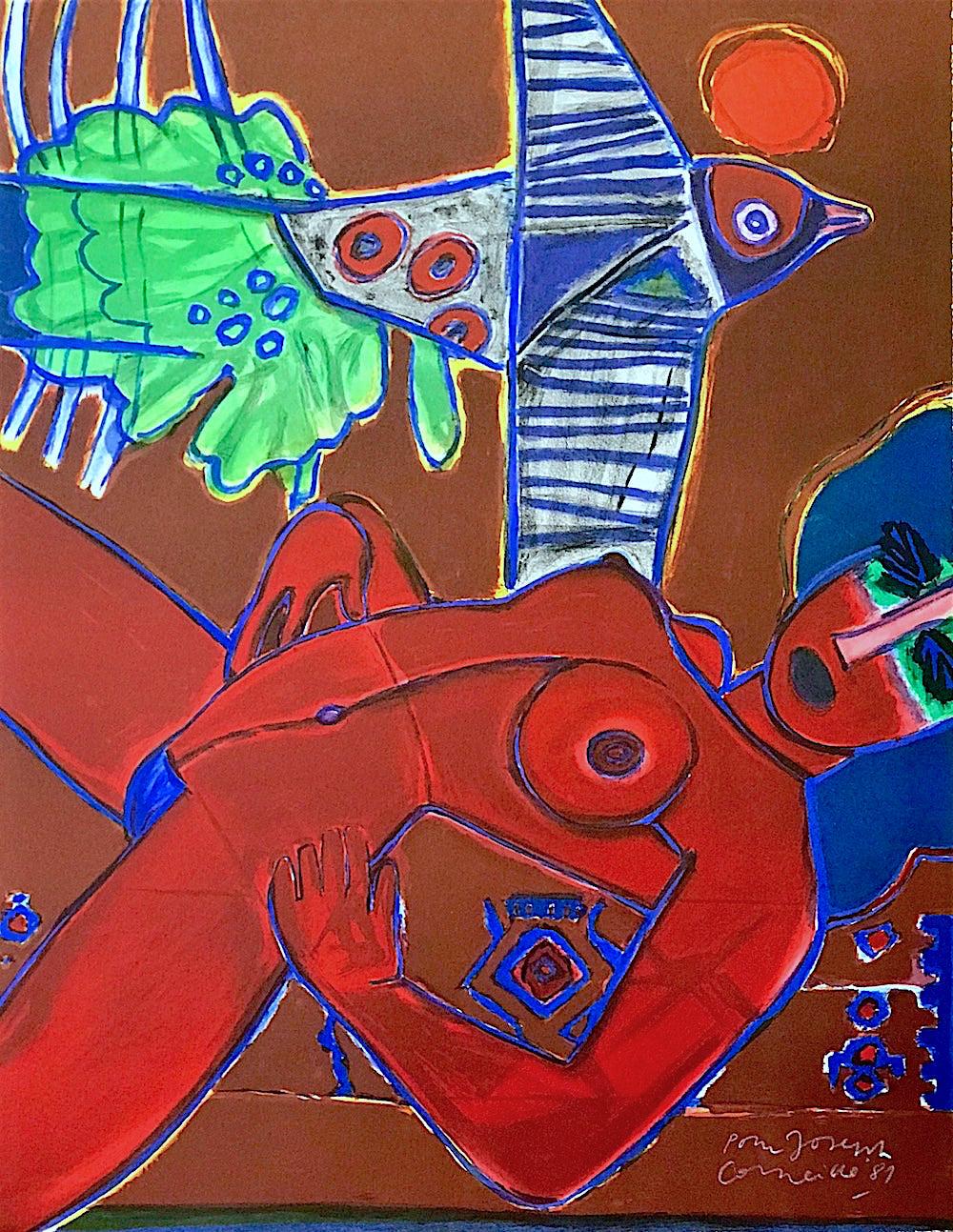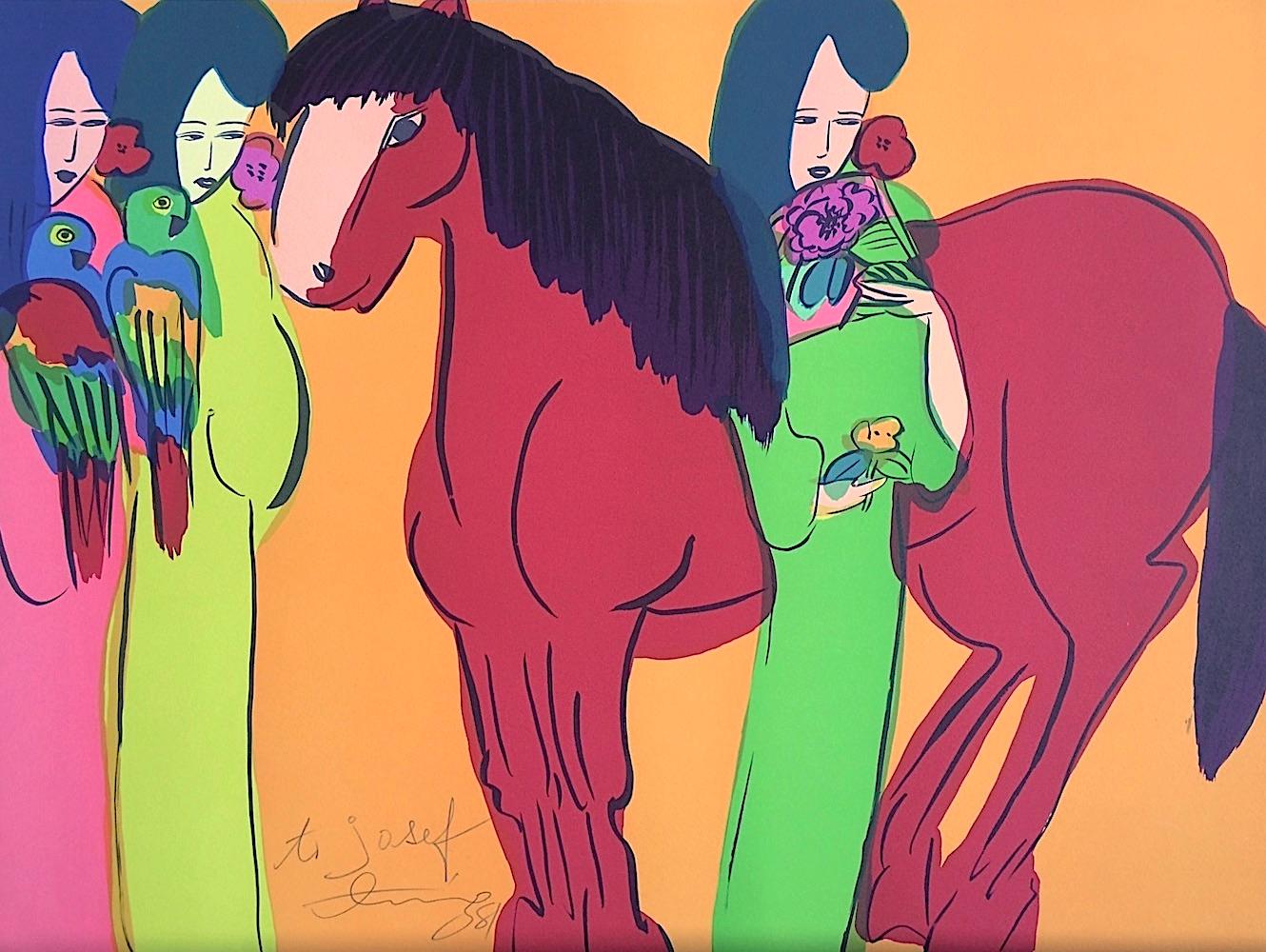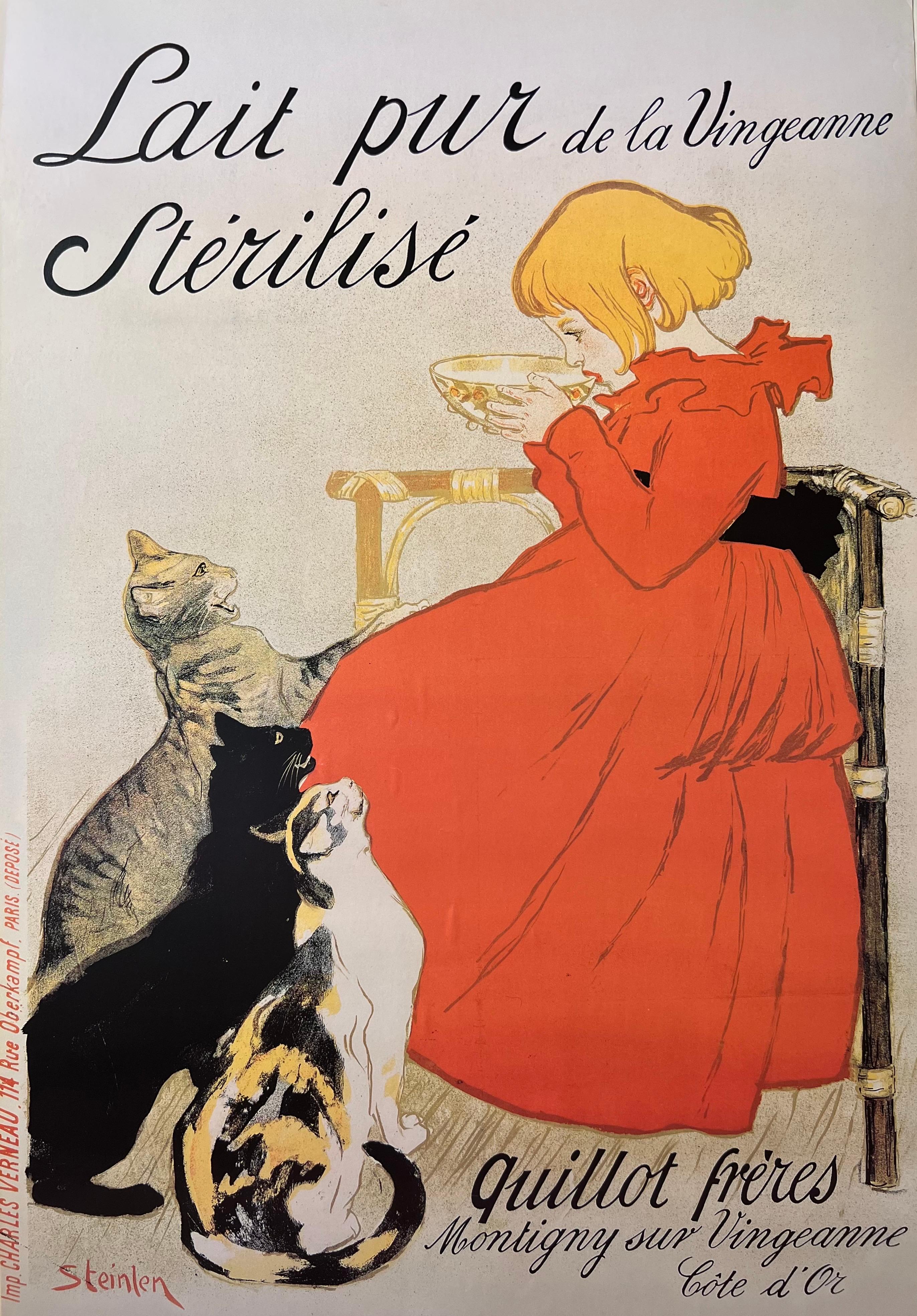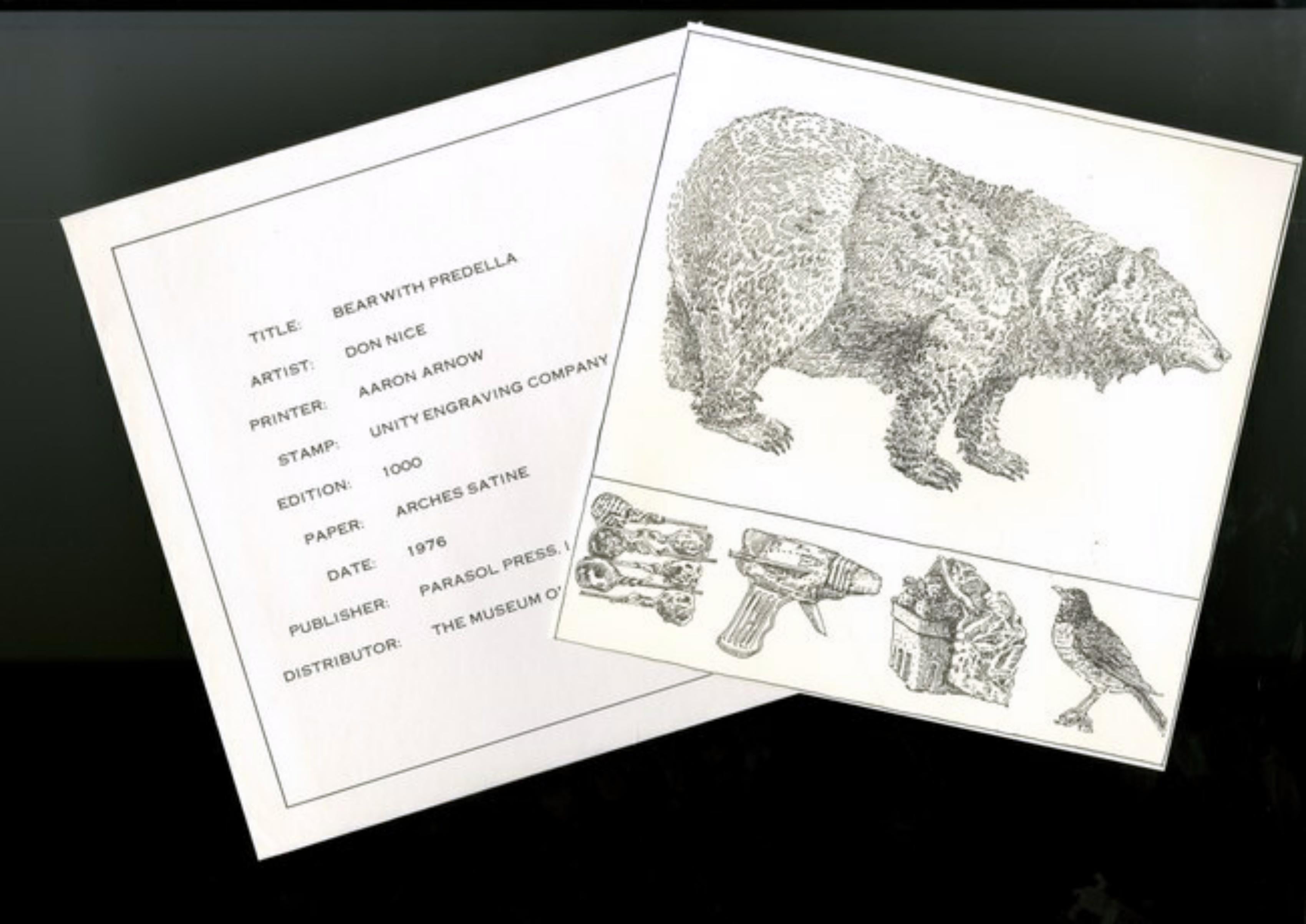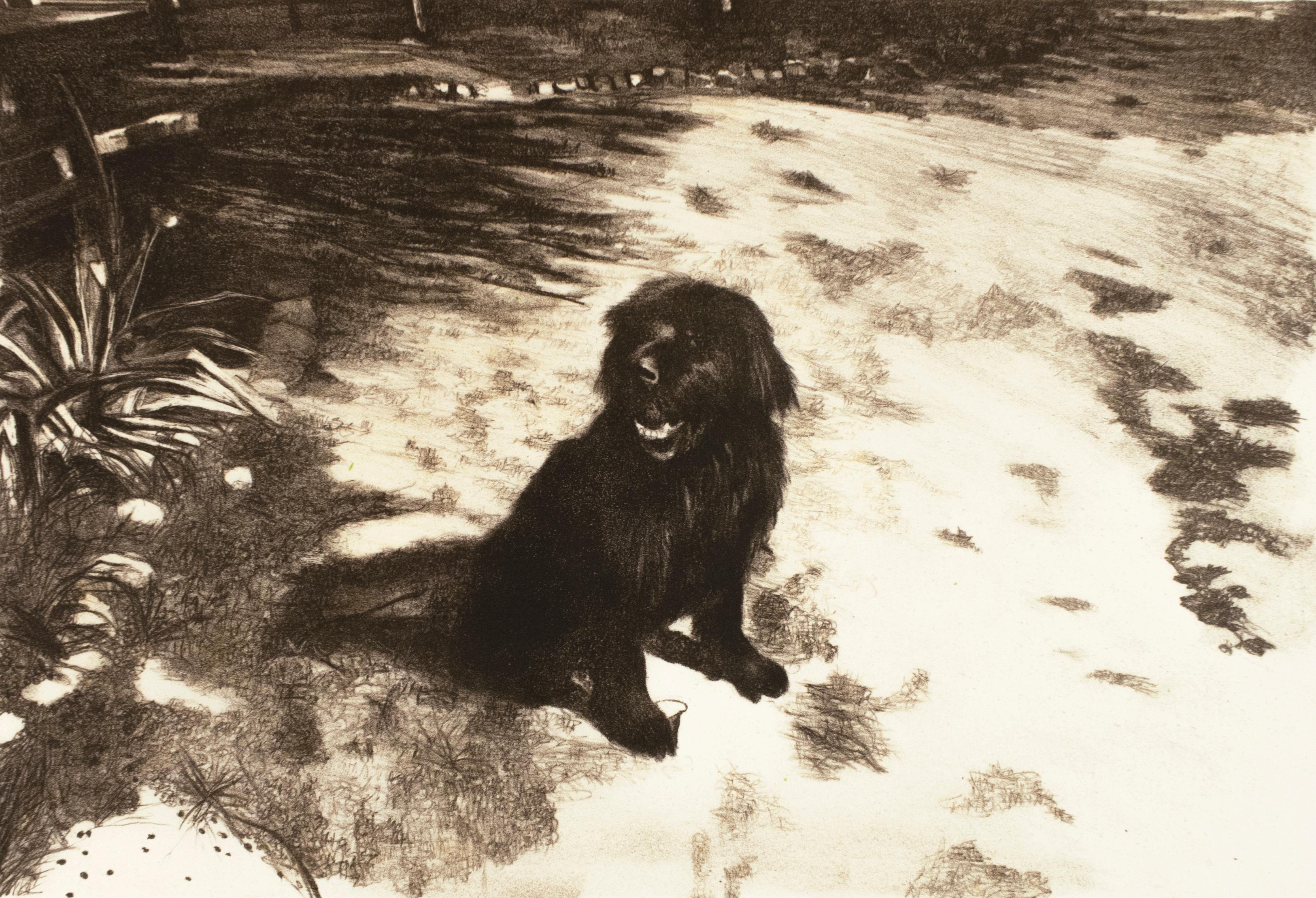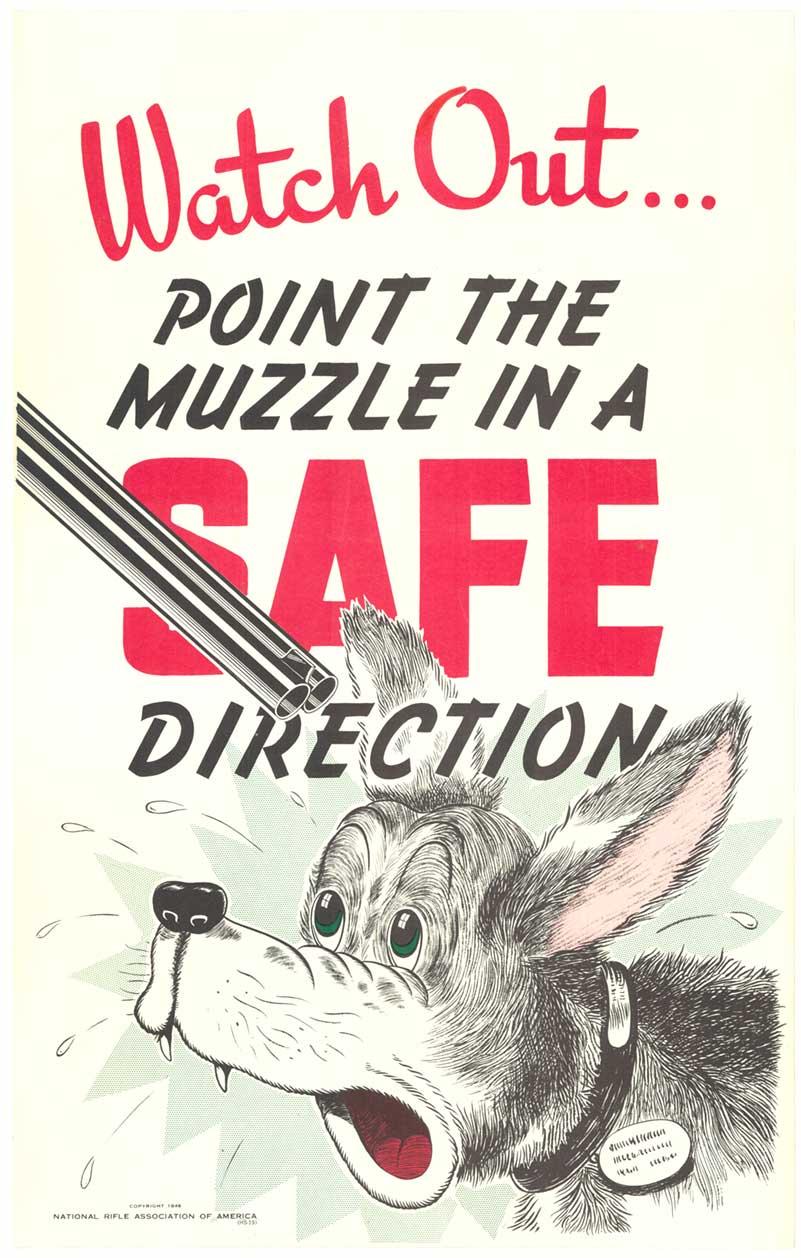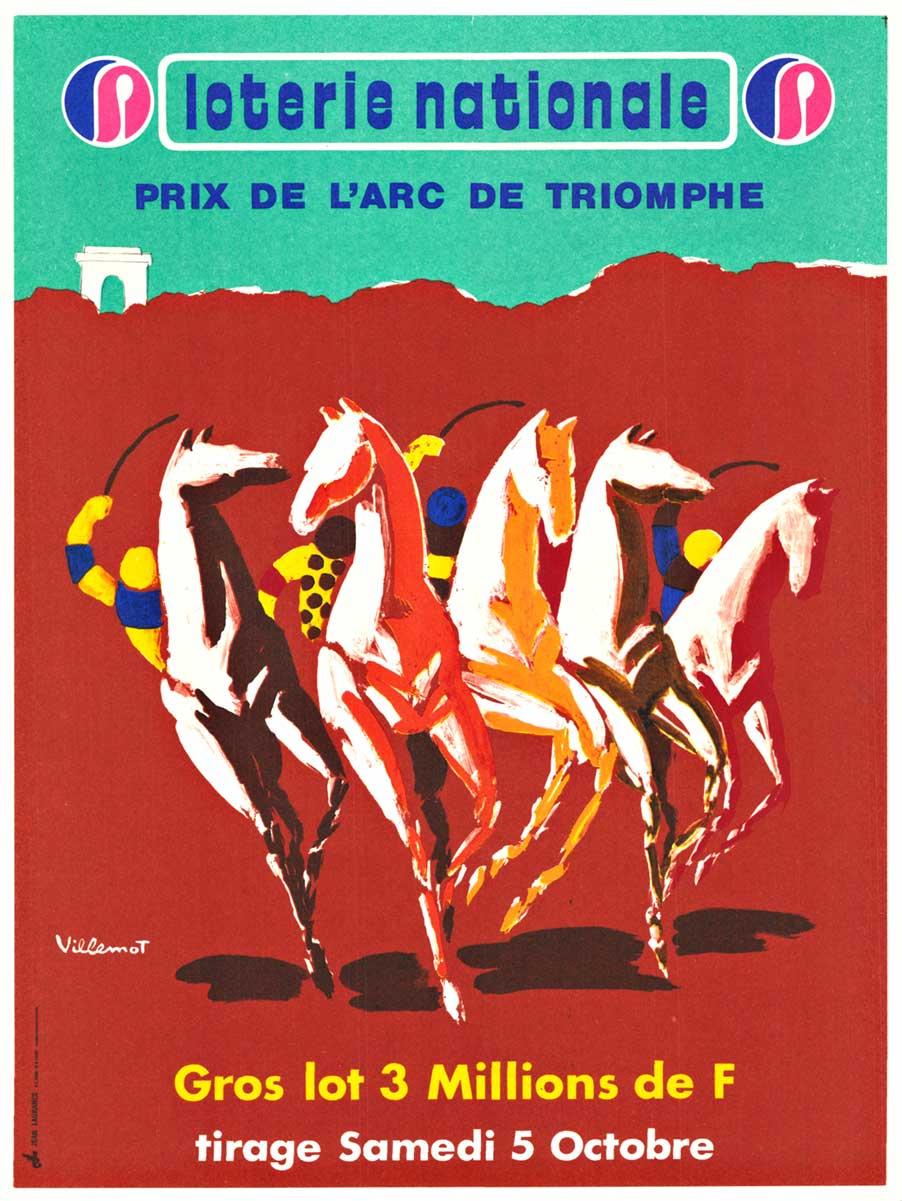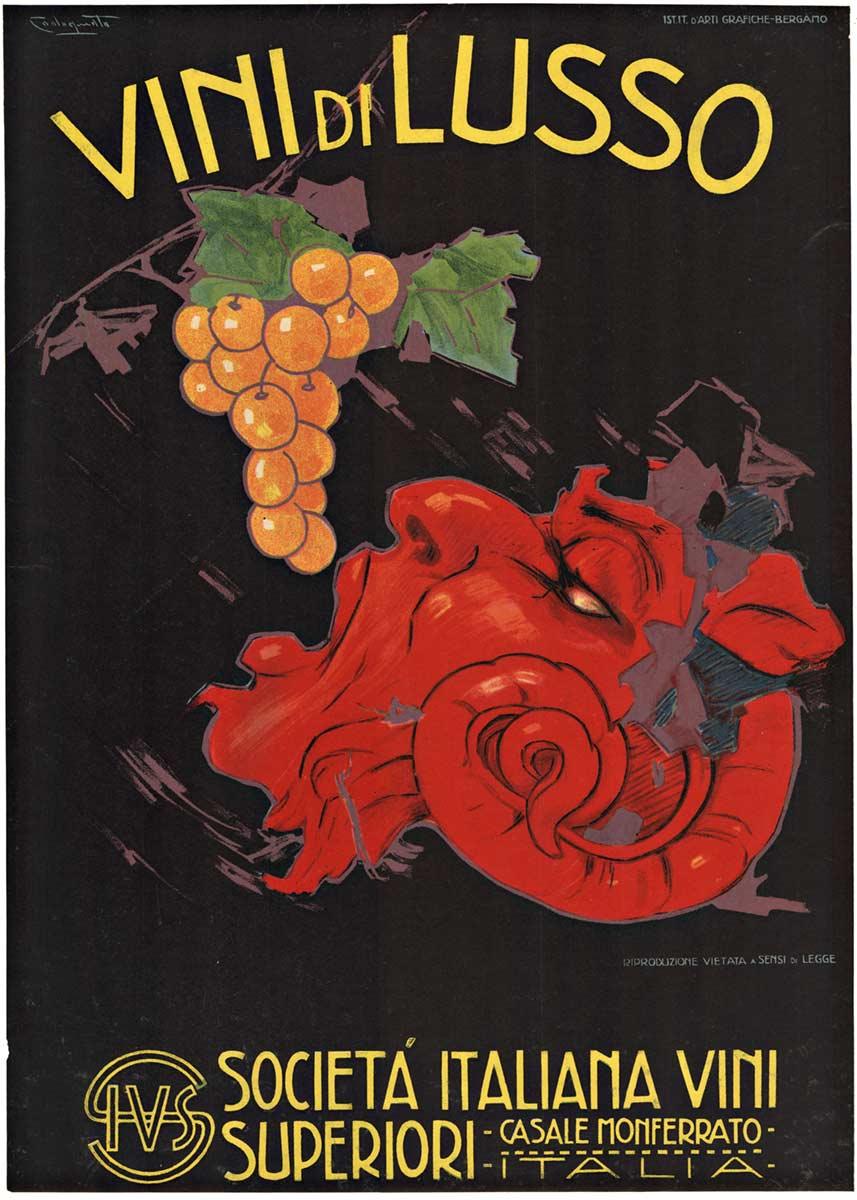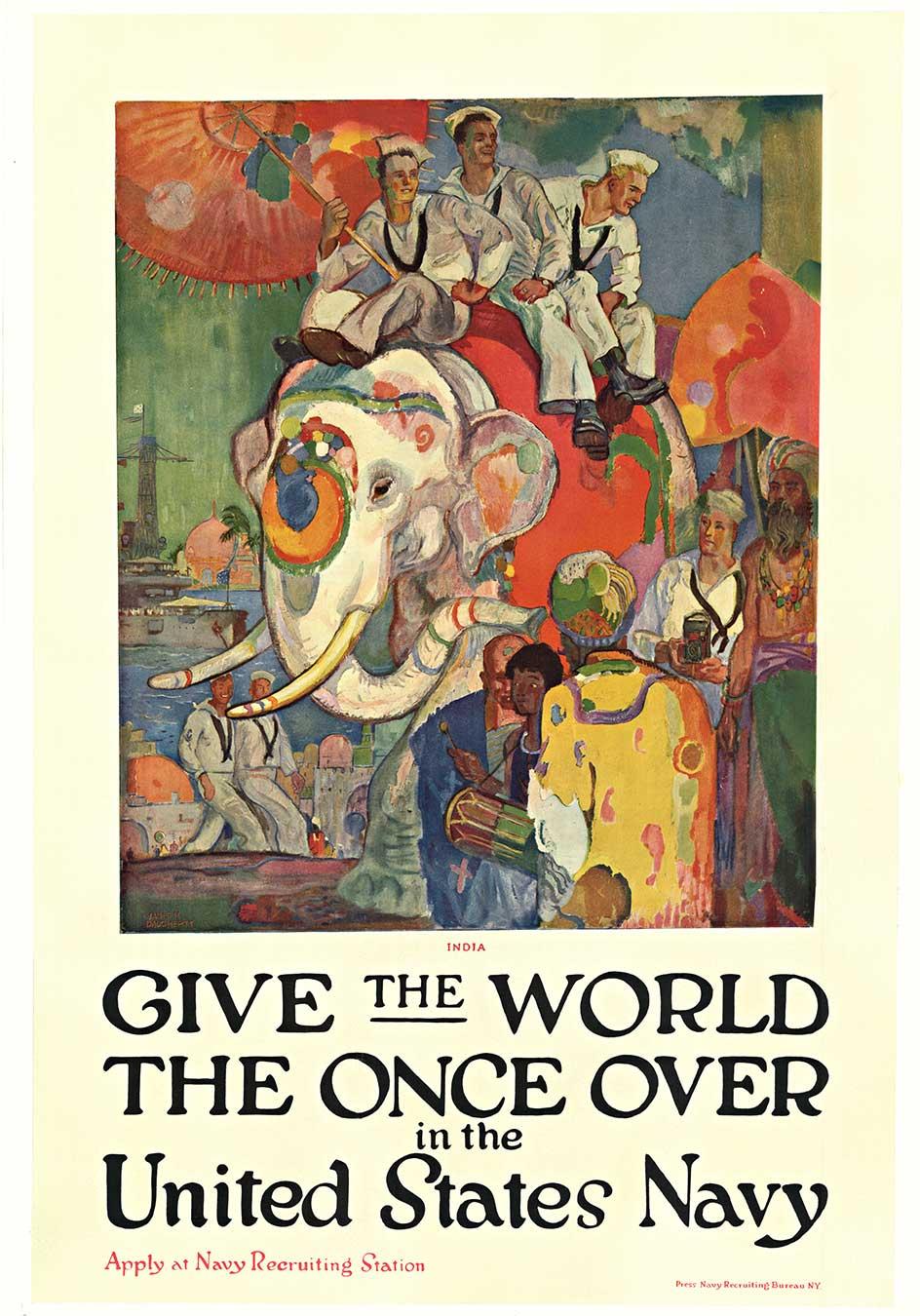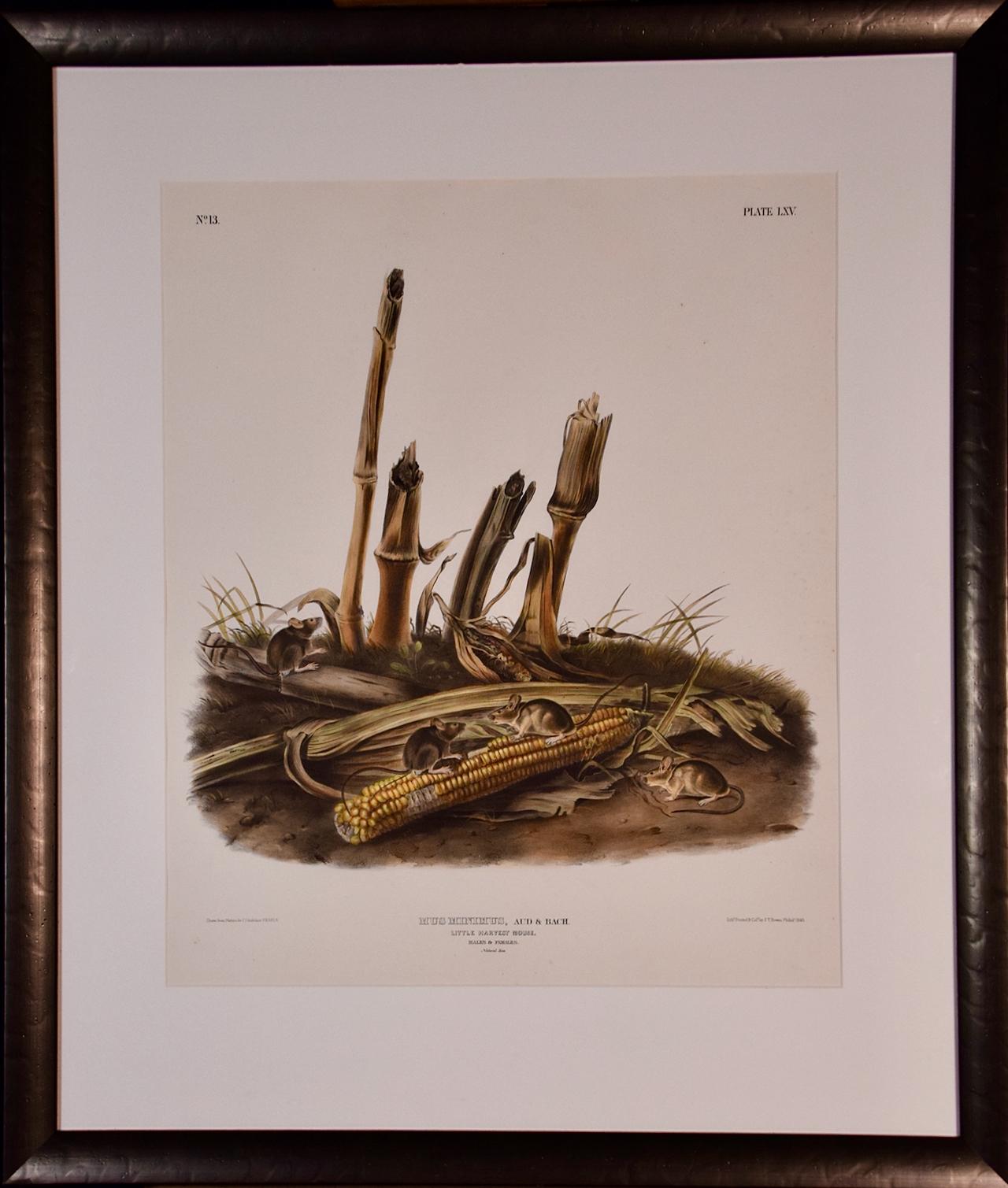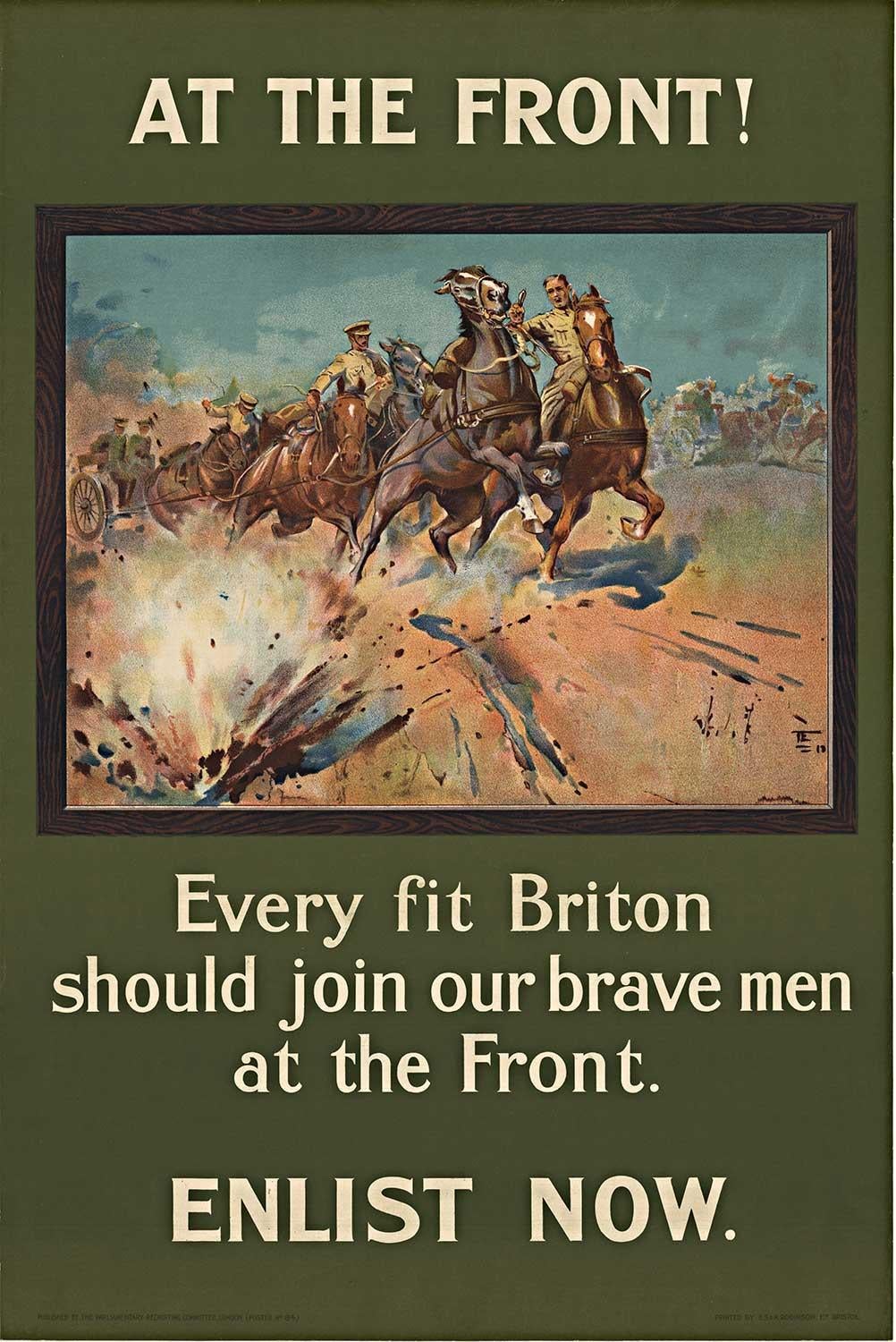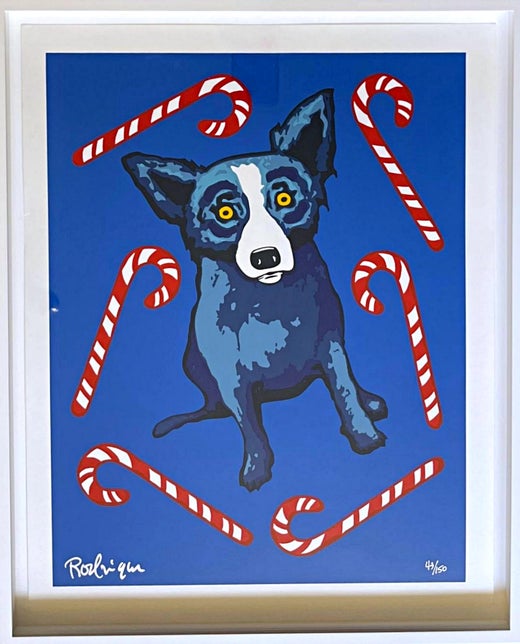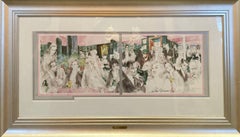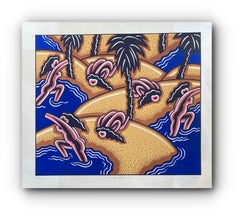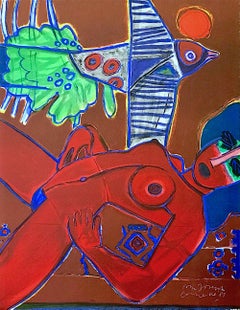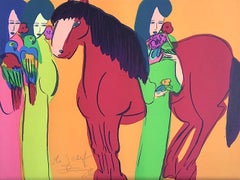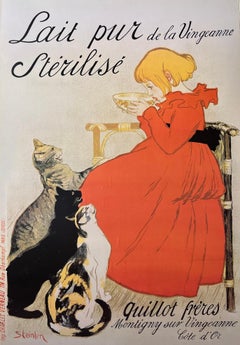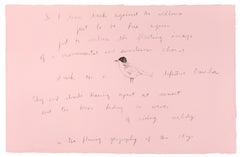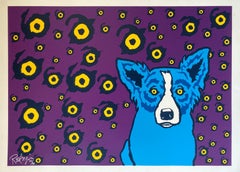
I See You, You See Me (Blue Dog), Signed Numbered Contemporary New Orleans Print
George RodrigueI See You, You See Me (Blue Dog), Signed Numbered Contemporary New Orleans Print1993
1993
About the Item
- Creator:George Rodrigue (1944 - 2013, American)
- Creation Year:1993
- Dimensions:Height: 16 in (40.64 cm)Width: 23 in (58.42 cm)
- Medium:
- Period:
- Condition:Print in perfect condition. Appears to have shifted down a bit inside the frame, but instead of adjusting it up myself and then shipping it where it might shift again, I'll let you do it on your end.
- Gallery Location:New Orleans, LA
- Reference Number:1stDibs: LU994310179132
George Rodrigue
From New Iberia, Louisiana, George Rodrigue is known for his Blue Dog series, inspired by his long-deceased childhood pet, Tiffany, whom he posed with other animals and people for his popular paintings and prints.
Rodrigue had early art talent, and while ill for nearly a year, he used watercolors and crayons to pass the time, and this activity set his future. He studied at the University of Southwestern Louisiana and in Los Angeles at the Art Center College of Design. For a while, Rodrigue painted Abstract Expressionist works but then went back to creating paintings that reflected his own Cajun culture, including folk tales and bayou and swamp landscapes.
Gradually a black and white spaniel, based on his childhood companion, Tiffany, increasingly appeared in Rodgrigue's paintings and became the Blue Dog, now a compelling and humorous Pop figure in his original works and silkscreen reproductions. In 2000, representatives of the Xerox corporation commissioned Rodrigue with a multi-million dollar contract to do a series of Blue Dog paintings to promote their printers.
Rodrigue was also the artist for the Absolut Vodka ads and created the artwork for three New Orleans Jazz and Heritage Festival posters. The 1995 poster, with the portrait of Louis Armstrong, as well as the one created in 1996 that featured Pete Fountain, have become collector's items.
Rodrigue and his wife, Wendy, created the House of Blues Foundation Room to support arts and cultural programs for youth. Money is raised through the sale of his paintings. A George Rodrigue museum is in Lafayette, Louisiana.
Find original George Rodrigue posters and Blue Dog paintings on 1stDibs.
(Biography provided by Louisiana Art, LLC)
More From This Seller
View All1980s Impressionist Figurative Prints
Lithograph
1960s Pop Art Landscape Prints
Archival Paper, Lithograph
1980s Abstract Figurative Prints
Screen
Early 20th Century Figurative Prints
Etching
Late 20th Century Impressionist Nude Prints
Paper
1980s Abstract Figurative Prints
Screen
You May Also Like
1980s Expressionist Figurative Prints
Lithograph
1980s Contemporary Animal Prints
Lithograph
Early 1900s Art Nouveau Figurative Prints
Lithograph
1970s Pop Art Figurative Prints
Lithograph
1970s Contemporary Animal Prints
Lithograph, Offset, Other Medium
1980s Contemporary Animal Prints
Lithograph
